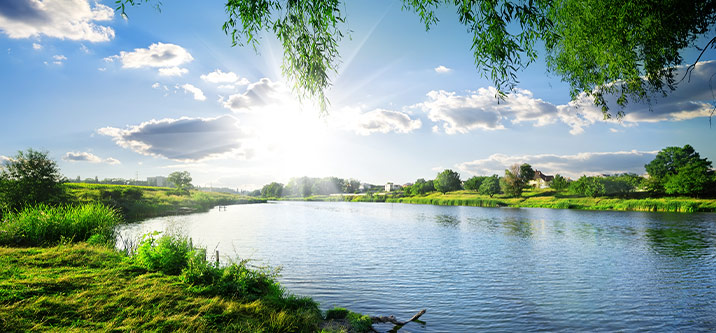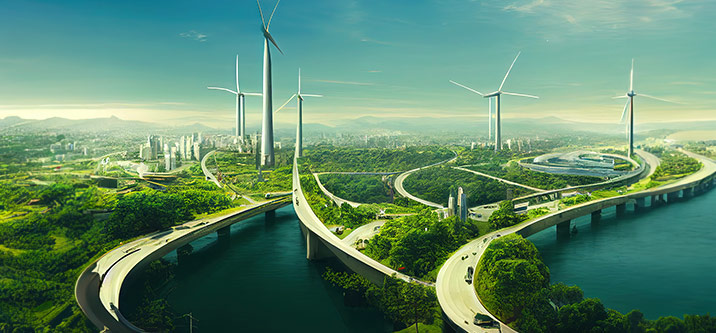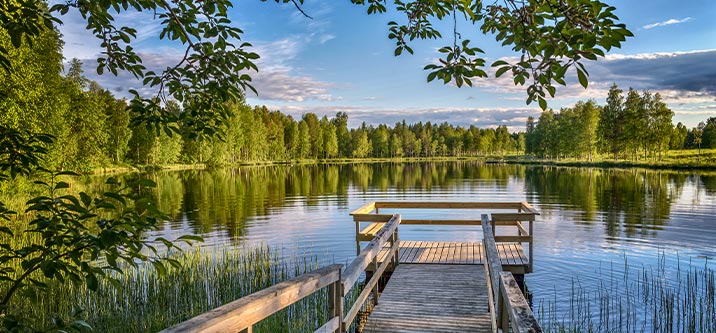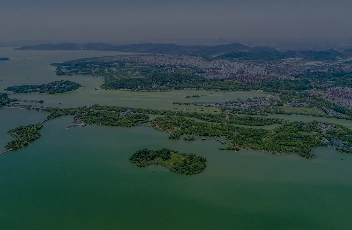The freshwater reserves of the US are vast, with over 95,000 miles of coastline, more than 250,000 rivers and streams, and approximately 42,000 artificial reservoirs. However, the current state of the country’s lakes is concerning, with many facing significant challenges. Many of the lakes in the US have witnessed the impact of human activities. For instance, as per the US Geological Survey (USGS), the surface water elevation of the Great Salt Lake has dropped to its lowest recorded level since the mid-1800s, averaging 1277 m (4,190 feet) above sea level.
State of Freshwater Resources
Unregulated Human Activities
Spread of Invasive Species
Cultural Eutrophication
One major issue is the impact of human activities on water quality. The disorganized settlement around the largest lakes for lifestyle enhancement has increased by 300% over the past 6 years. Industrial pollution, agricultural runoff, and wastewater discharge are some leading causes of contamination. As a result, many lakes have been deemed unsuitable for swimming or fishing due to harmful chemicals and toxins.
Another issue facing lakes is the spread of invasive species, which can disrupt local ecosystems and alter the natural balance of the water. Some examples include zebra mussels, which have caused significant damage to The Great Lakes ecosystem, and Asian carp, which threaten to invade several river systems.
Uncontrolled development of human activities near water bodies can introduce surplus nutrients. While nutrients are essential for aquatic life, excessive amounts can be detrimental. The overabundance of nutrients provides nourishment for algae, which then proliferates and impedes sunlight penetration. As a result, plant life perishes, and bacteria consume the dead vegetation, which depletes oxygen levels and produces carbon dioxide. Ultimately, this chain reaction causes an elevation in the temperature of lakes, reduces water clarity, and results in a decline in biodiversity. The average temperature of major lakes in the US has increased by at least 1℉ to 4℉ over the last few decades.
Way Forward
To address these challenges, sustainable cities and communities are essential. Local communities can play a critical role in managing freshwater resources by implementing sustainable water management practices, promoting water conservation, and reducing pollution through responsible waste management.
Land Global Foundation, an international non-profit organization, is working towards creating resilient, sustainable communities that prioritize environmental regeneration. Our purpose-driven initiatives aim to foster local employment growth while promoting environmentally conscious practices that protect freshwater reserves.
Final Thoughts
The current state of lakes in the US is a cause for concern. However, through sustainable communities and environmental regeneration efforts, we can work towards protecting these vital resources and ensuring they remain healthy and accessible for generations to come.
At Land Global Foundation, we believe in creating harmony between nature and humanity. Through our nature-first initiatives, we are committed to restoring and preserving natural water bodies and surrounding biodiversity while fostering employment growth.
To learn more about it, watch the video given below:






